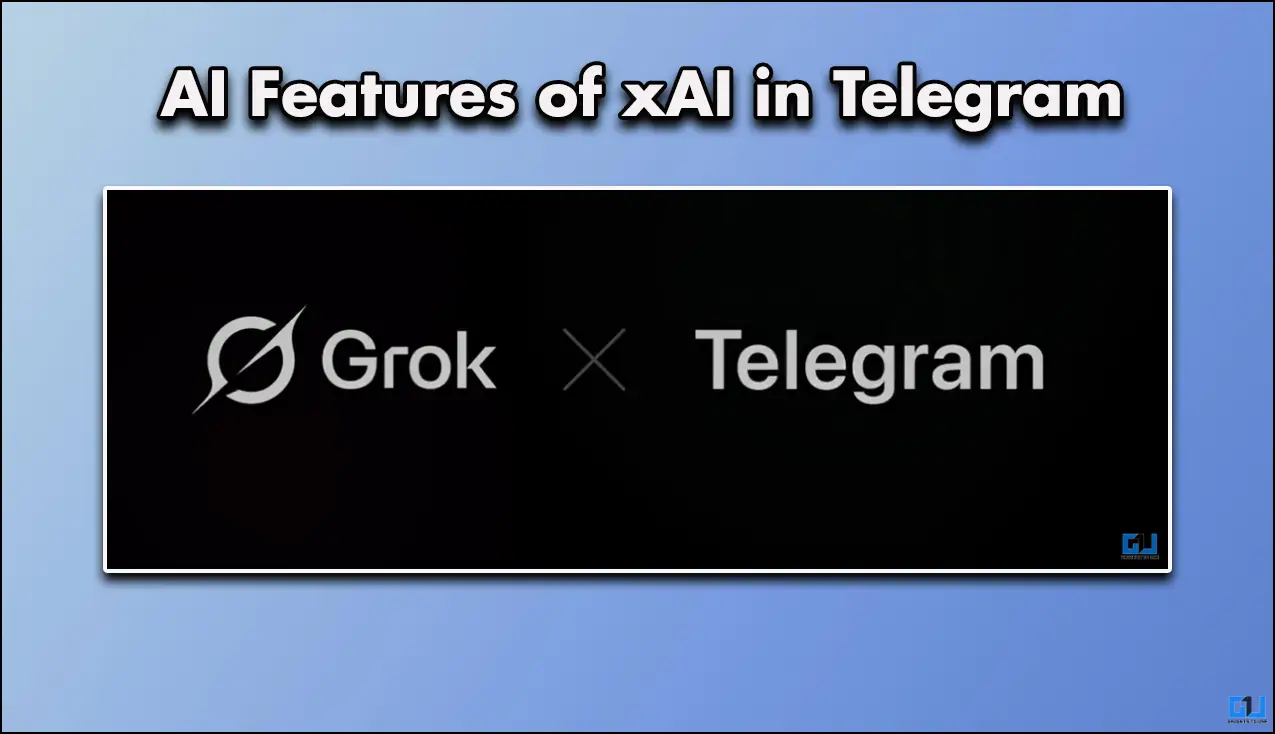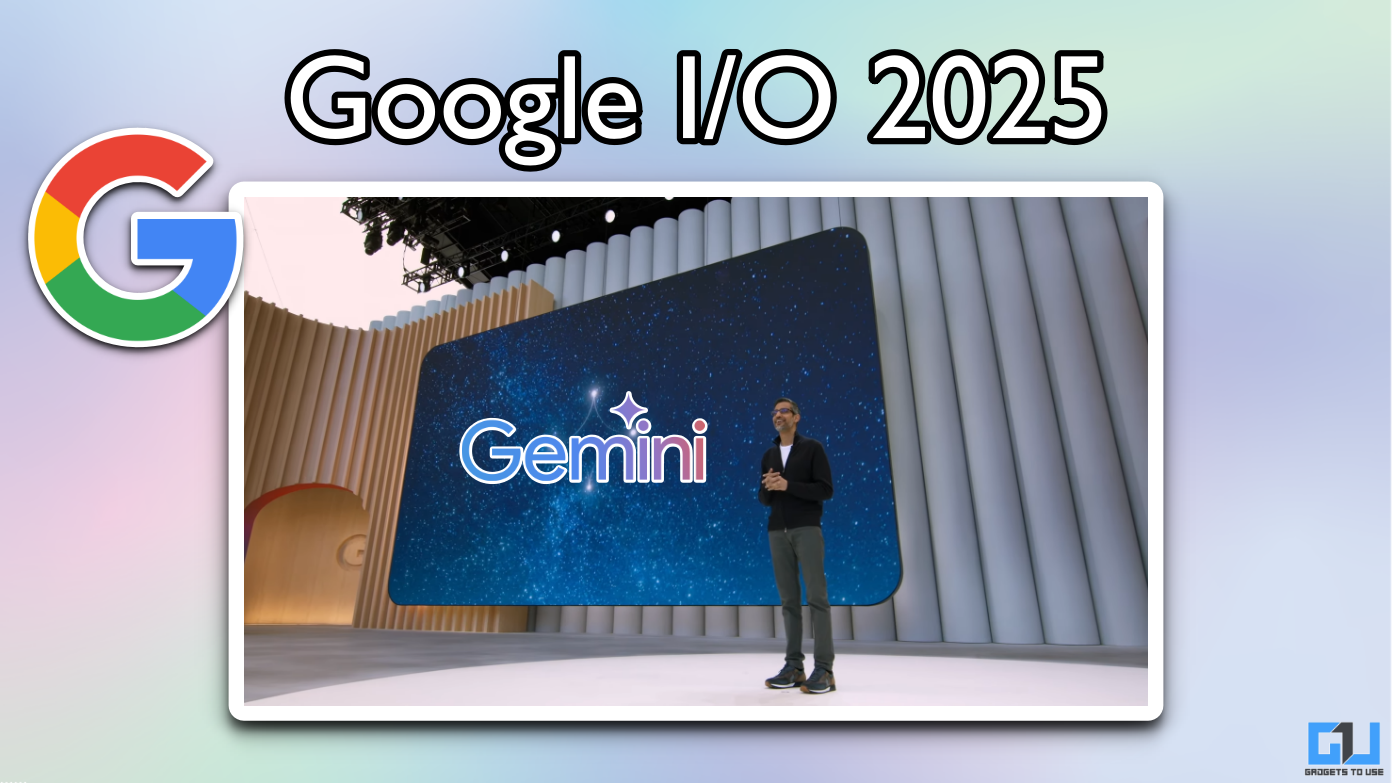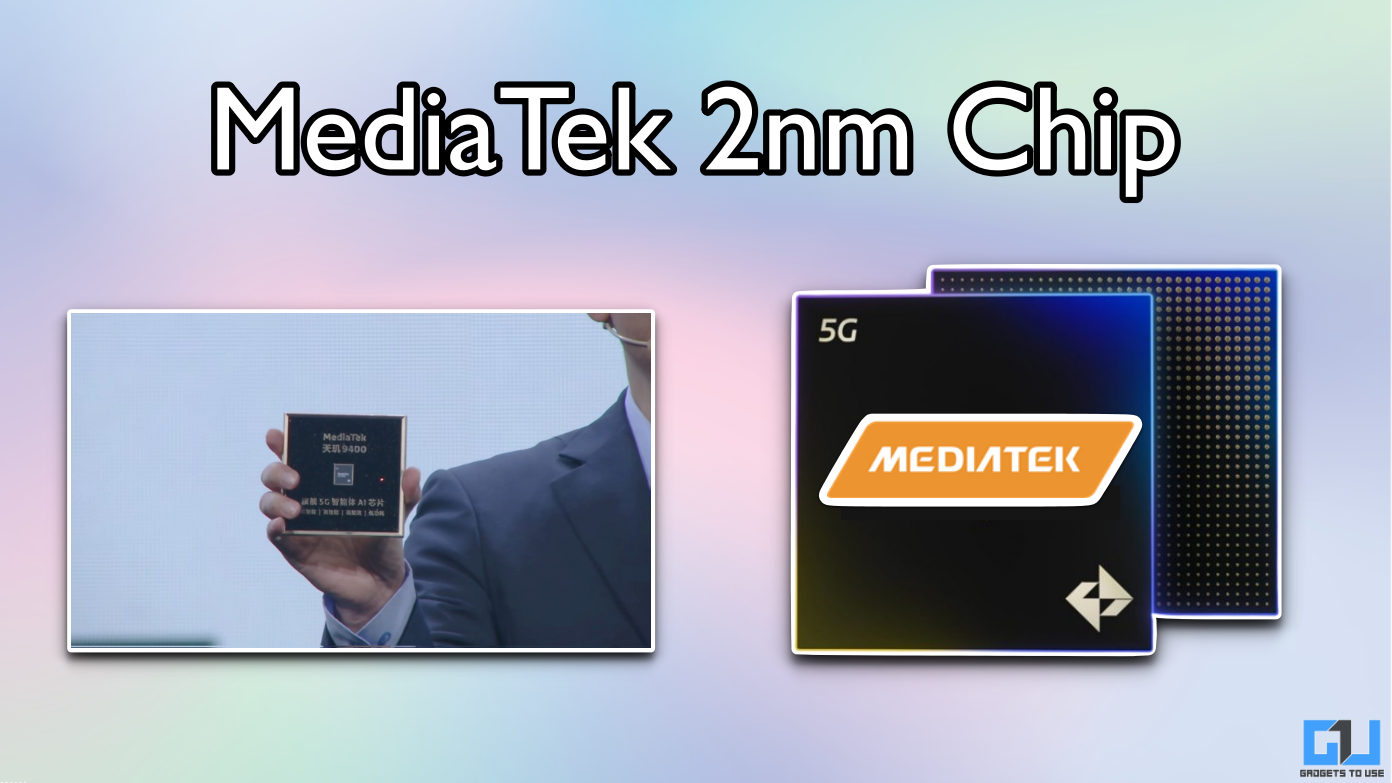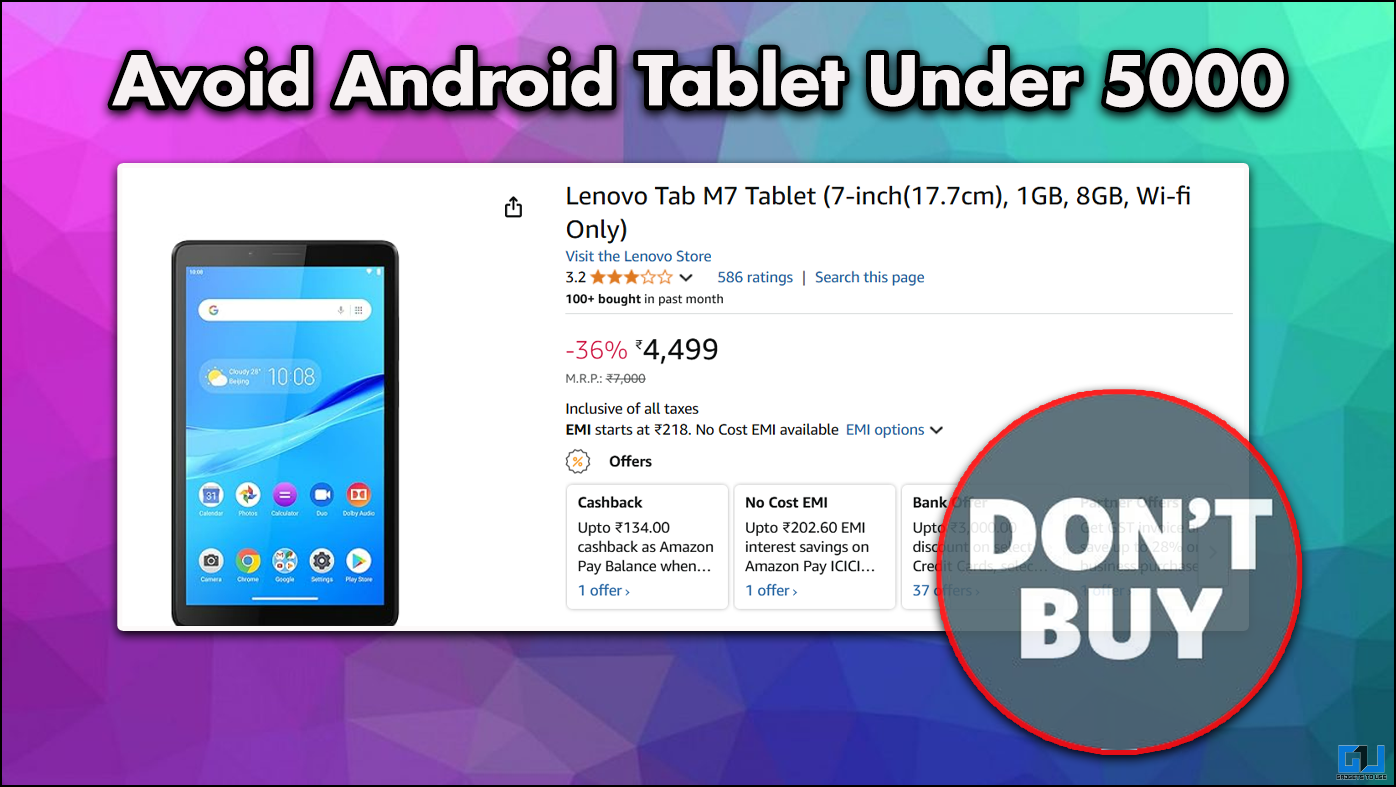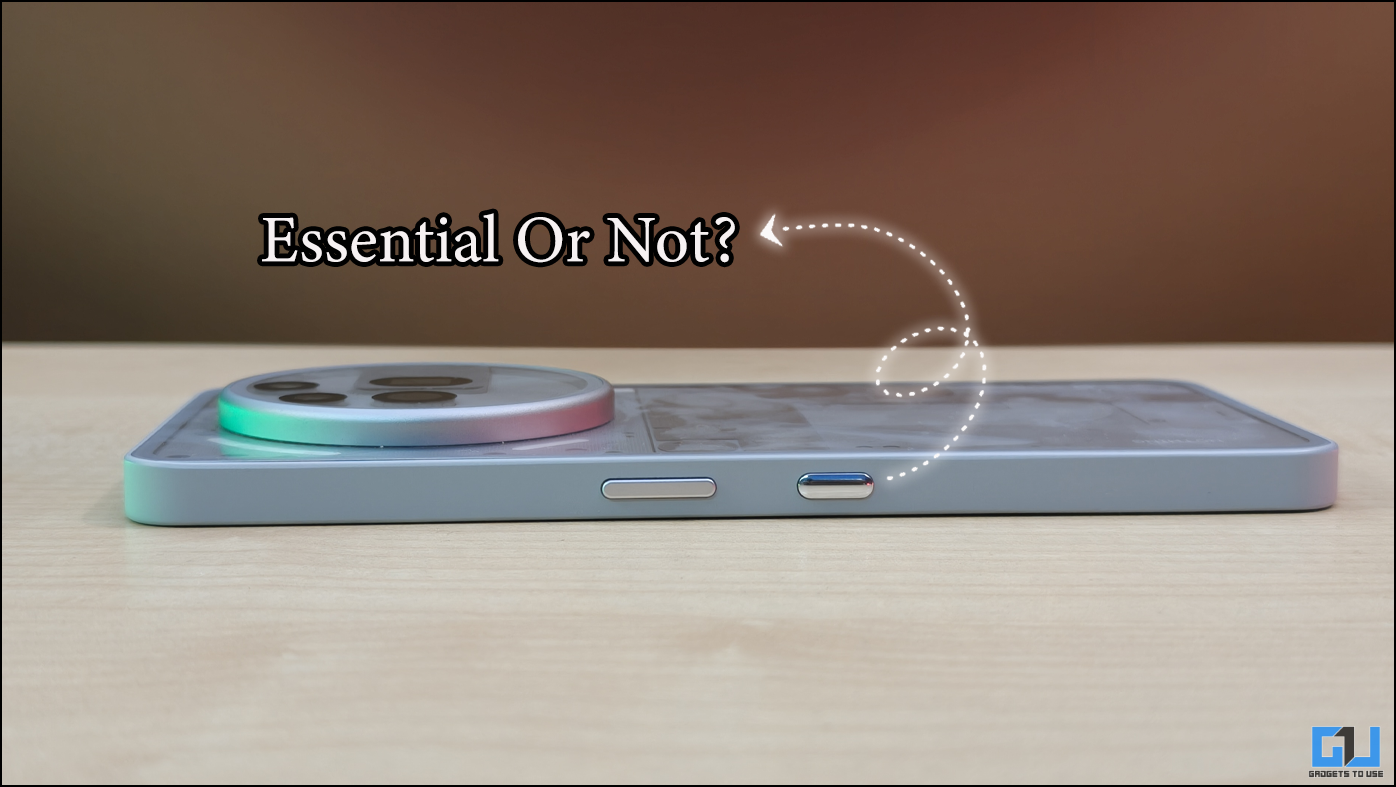Quick Answer
- As a result, you’ll be able to operate the phone just by waving your hands, which will predominantly let you skip songs, snooze alarms, and silence phone calls without the need of touching the phone.
- Well, LG employed a 3D ToF sensor which detects objects in front of it by firing a beam of infrared light and measuring how long it takes for that light to bounce back.
- Note that the Pixel 4 will be the first smartphone to bear a Radar sensor, relying on the Soli Chip for its functioning.
Back in June, Google confirmed the Pixel 4 with a glimpse of how it’d look like. And now, it seems like the company just can’t stop pre-announcing stuff. Lately, the giant has made two major announcements for its next flagship smartphone. This includes support for radar-based hands-free gestures and an hardware-backed facial recognition system, known as Motion Sense and Face Unlock, respectively.
So what exactly are these features, and how’ll they affect the smartphone experience in the real world? Let’s talk briefly about the same in this post.
Motion Sense
The Motion Sense feature is derived from Project Soli, something that Google’s Advanced Technology and Projects team (ATAP) has been working on since the last five years.
For those unaware, Radar is the same technology that has been involved in the detection of airplanes and other large objects for decades. And Google seems to have developed a miniature version of the same that will be capable of sensing motions around the device.
This, when coupled with necessary software algorithms and the provided Soli-Radar sensor, will be able to recognize and respond to user’s hands-free gestures. As a result, you’ll be able to operate the phone just by waving your hands, which will predominantly let you skip songs, snooze alarms, and silence phone calls without the need of touching the phone.
https://youtu.be/KnRbXWojW7c
Now some may argue that isn’t it the same thing we’ve seen in the past on the LG G8 ThinQ? Well, LG employed a 3D ToF sensor which detects objects in front of it by firing a beam of infrared light and measuring how long it takes for that light to bounce back. This was used to sense and recognize detailed hand gestures such as turning a virtual knob in mid-air.
However, the implementation turned out to be slow and gimmicky, as it was using a camera sensor after all. Anyways, we can still consider Google’s Motion Sense to be a more complicated and advanced take on the LG G8’s gestures.
Note that the Pixel 4 will be the first smartphone to bear a Radar sensor, relying on the Soli Chip for its functioning. Google has further clarified that the feature will get better as it evolves. Also, it’ll only be available in selected countries hinting at the requirement of regulatory approval in some regions.
What exactly is Soli?
As mentioned above, Soli is a project that Google has been working on since 2014 with the purpose of promoting handsfree interaction with devices around us. Apparently, it uses a miniature version of radars found on airports in the form of a tiny chip. This chip incorporates the entire sensor and antenna array into an ultra-compact 8mm x 10mm package.
How does it work?
When active, Soli emits a broad beam of electromagnetic waves in the space. These waves are reflected back to the sensor when the user performs a hand gesture. After that, it smartly identifies what command the user wants to give to the device and responds accordingly. Notably, the hardware is designed in a way to detect minor and complex movements within its field. Therefore, we have pretty high expectations from Pixel 4’s gesture sensing capabilities.
Face Unlock
Besides Motion Sense, Google has also confirmed the use of a full-fledged face unlock system in Pixel 4. And it seems to be based out of the same technology that Apple has been using on its recent iPhones.
The company is using a dot projector, IR cameras, and a flood illuminator to recognize the user’s face accurately. While the tech is used for the actual face recognition is quite familiar, it’s also using the Soli radar to detect when you’re reaching for your phone. Consequently, Soli will activate the face ID sensors beforehand and unlock the phone by the time you have picked it up.
Google is further touting that the Face Unlock works in any orientation, even if you’re holding it upside down. Additionally, you can also use it for secure payments and app authentication.
As a matter of fact, the company has clarified that facial recognition technology is processed on the user’s device itself. Hence, the image data never leaves the phone and is never shared with other Google services. Both the facial recognition and Soli sensor data is stored offline securely on Pixel’s Titan M security chip.
Wrapping Up
Apparently, Google has already started talking Pixel 4 features way ahead of the presumed October launch. Well, that could be a sweet hint for us that there’s a lot left to be revealed. Anyways, the implementation of Soli will surely make it win on the grounds of innovation and productivity besides photography prowess. But then again, it adds up for a larger top bezel which may not impress everyone. Also, there’s no wide-angle for selfies this time (at least for non-XL), and hence it’d be interesting to see what Google has actually been cooking these days.
Also, read Google Photos vs Gallery Go: What are the differences?





